Tales of the Unexpected is a collection of sixteen short stories. written by Roald Dahl (1916 - 1990). Roald Dahl is worldwide
known for his children literature, but in this case we will focus on a less known facet of his works: narrative for an adult audience. The dark humour, the unexpected ending and the complicity of the reader are the main ingredients of this little tales.
known for his children literature, but in this case we will focus on a less known facet of his works: narrative for an adult audience. The dark humour, the unexpected ending and the complicity of the reader are the main ingredients of this little tales.
I have illustrated each one of the sixteen stories as a personal project, trying to communicate with graphic resources all the tension, mistery and dark atmosphere that you could find inside this Tales of the Unexpected.
Special warning: There is a little synopsis under every one of the illustrations: just a little introduction without any information that could ruin the experience of reading the tales. I wrote them to help to understand the plot and the main characteristics of the book, but if you have planed to read Tales of the Unexpected maybe you want to skip them.
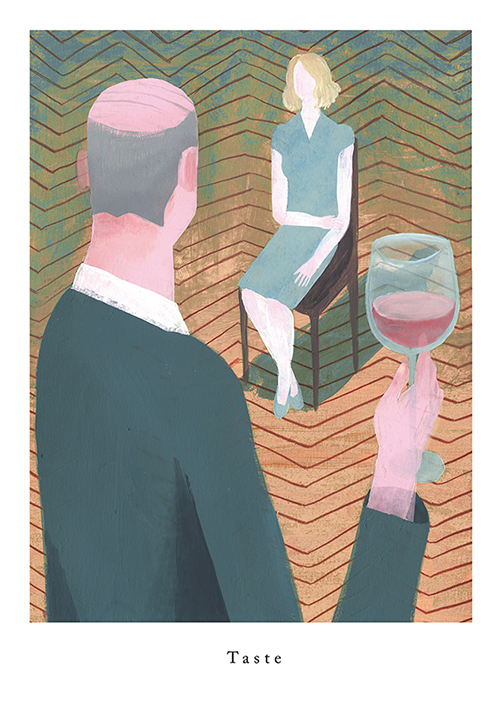
A wealthy bourgeois invites for lunch to a well known gourmet. When the wine is served, the guest bets, arrogantly, that he’s capable of guessing the origin and the exact year of the wine they’re drinking.
That sure is the host of the exclusivity of the bottle that he doesn’t mind to give the hand of his own daughter, in exchange for the taster’s house.
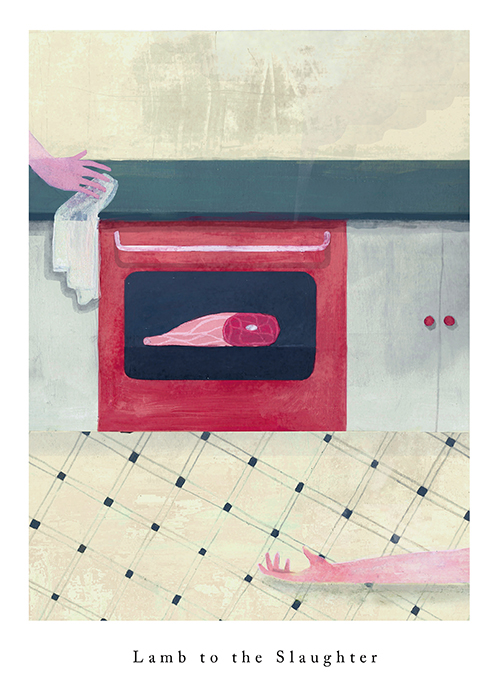
A devoted wife gets deeply shocked after her husband, a prestigious policeman, confesses that he’s planning to abandon her. This revelation makes her lose control and spoils her peaceful plans of having lamb for dinner.

In a hotel in Jamaica, the tourists enjoy the weather and the pool. Among them, there’s a strange man who, to the claim of a young man about the infallibility of his gas lighter, proposes a bet: A Cadillac against the pinky finger of the young man if the gas lighter can light ten times in a row.

A wealthy marriage invites a couple to their home to play bridge. The wife suggests to her husband to put a microphone in the guests room just to have fun.
When the game is over and both couples left for their bedrooms, the hosts proceed to listen the others conversation, getting an unexpected surprise.

In a cruise there’s an every-day bet where the passengers try to guess correctly how many miles the boat travels daily. In a particularly stormy day, one of the passengers, Mr. William Botibol bets two thousand pounds that the boat will travel less. The next morning dawns sunny and the boat advances very fast, but Mr. Botibol isn’t ready to lose his money so easily.
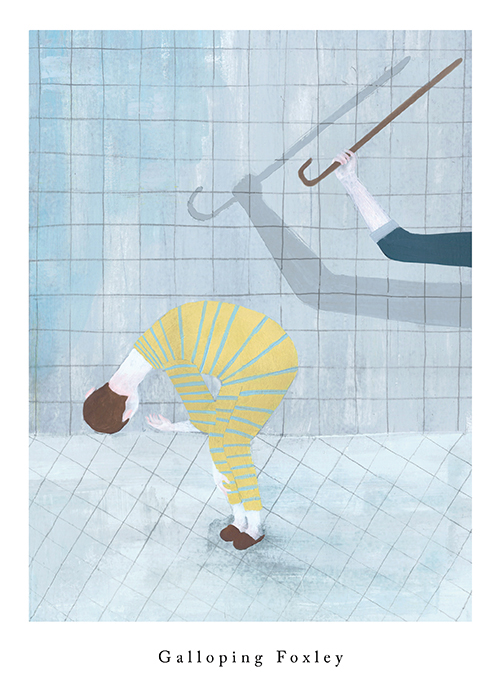
A common business man sees his daily journey to work broken by the presence of an individual in his train car. The awkwardness produced by the strange man is accompanied by some kind of deja vu. After thinking on it a lot, he recognizes the man as someone who, being a child, tormented him at school with multiple physical aggressions and humiliations.
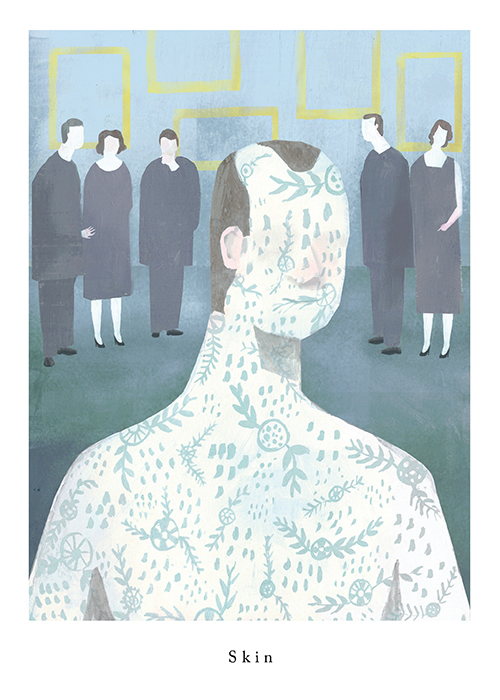
In a cold night in 1946, the former owner of a tattoo studio called Drioli, walks through the streets of Paris. When he passes by an art gallery and sees a painting by Soutine, he remembers when they were friends, long time ago. Thirty years earlier, being drunk, Drioli asked Soutine to paint a portrait of his wife in his back, and then tattoo it. So he did. Now Drioli enters in the gallery willing to exhibit the artwork on his skin.
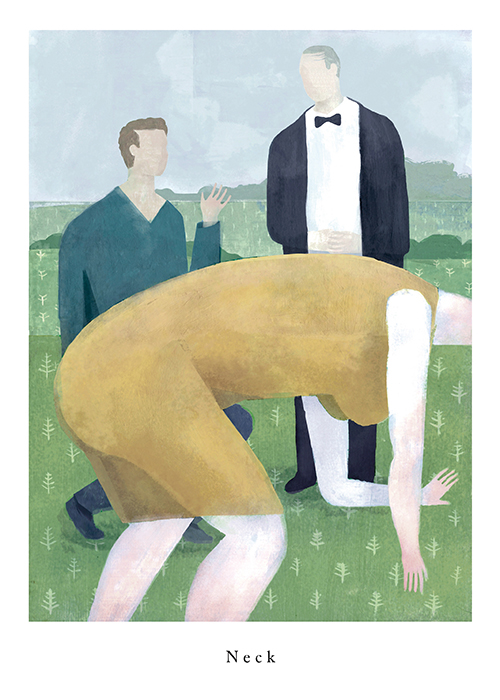
The wealthy owner of a journal falls in love for a charming unknown lady who appears in his life. She, once immersed in her role as a wife, acts haughty and despot with the people around her, and particularly with her husband, who’s deeply concerned about the continuous flirting she leads to other men.
One day, and for a certainly ridiculous and humiliating situation for the woman, passes fleetingly, through the husbands mind, the idea of revenge.

A rich, sybarite man, select with his acts and manners, but prideful above all, can’t stand the idea of the woman that he’s courting, despising him behind his back, making derogatory comments about him to their common friends.
His love for art and his contacts in the art world allow him to plot a subtle revenge, where he contracts a well-known painter to work on a peculiar portrait of the woman. He’ll give it the final touch.
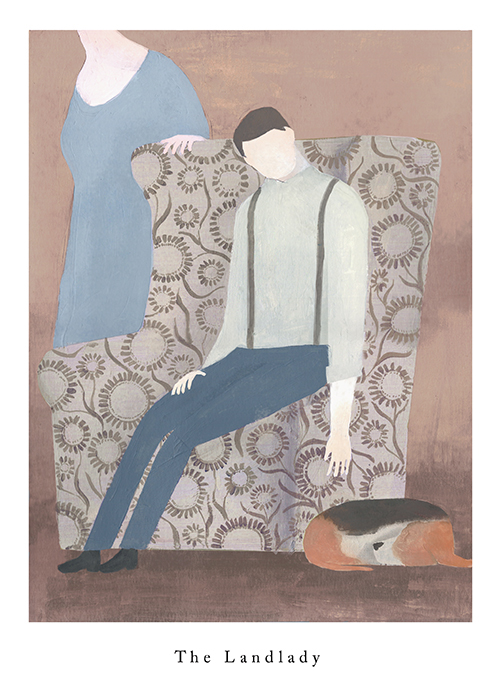
A young man, for a business trip, arrives to a small town where he must spend the night. A welcoming pension drags his attention and he rings the bell. The landlady receives him solicitously, but despite the apparent kindness she shows, the young man detects a slight spark of madness that he doesn’t give importance.
When he signs the logbook he observes that there have been only two guests before him, and both names sound terribly familiar to him.

Mary receives from his husband, recently deceased, a letter truly revealing. In it he explains to her that a scientist friend has convinced him to donate his brain to science so he can make an important experiment. The possible results of the experiment seem to alter the plans of freedom of a life full of the strict supervision of her husband, but everything is a matter of perspective.

A woman has an irrational fear of being late to the airport, to the train station… An unexplainable phobia of losing a programmed trip because of the clock, definitely.
For more derision, her husband never seems to be in a hurry and could almost say that he enjoys being late, torturing her terribly. Even if her docile attitude prevents her from rebelling, a terrible fortuity seems to put an end to her problems.

An expert antiquarian tours the English countryside looking for old furniture cornered in farms, where he can find some valuable piece and buy it under a low price taking advantage of the peasants, ignorant to their true worth.
To arouse no suspicion and defeat the natural distrust of the locals, he poses as priest and member of an old furnishing society.
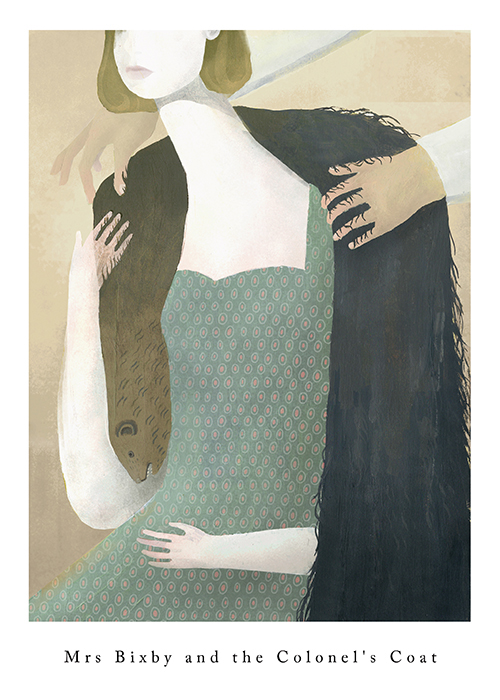
Miss Bixby has a lover she frequents once a month, with the excuse of visiting an old aunt in the city. One day the lover goodbye to her giving a beautiful mink coat. How to explain to her husband the source of such garment? She must have it at all costs.
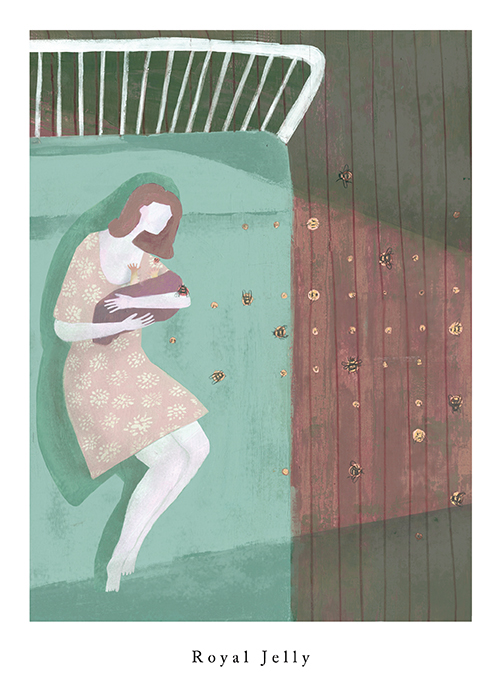
After many fruitless attempts, a married couple had a daughter, but the baby doesn’t want to eat and it’s losing weight alarmingly. The father, a beekeeper, mixes the baby's milk with royal jelly, the substance that the bees use for feeding their queens. The little girl start to get fat in a few days in an spectacular way. The initial problem, far from solving, changes direction.
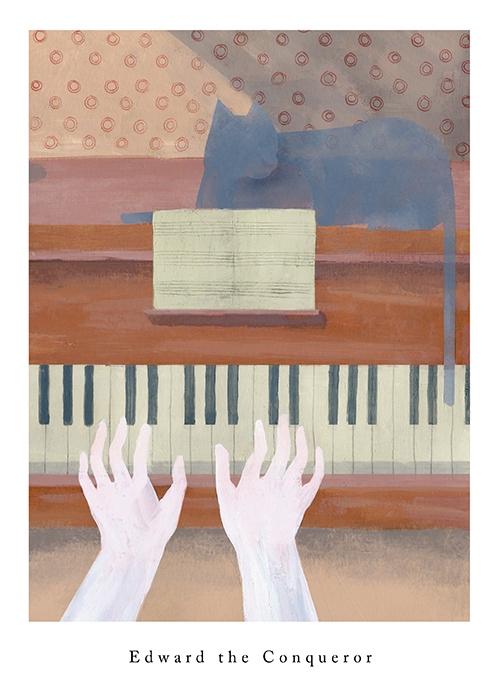
She finds out surprisingly that the cat, found abandoned in their garden, doesn’t just like the music, but understands it. To the bewilderment and rejection of her husband Edward, she reaches the unusual conclusion that the cat is, no more no less, the reincarnation of the famous composer and pianist Franz Listz.
Thanks for watching




